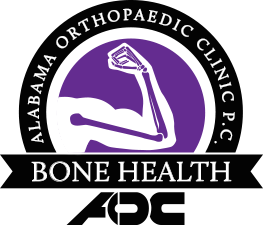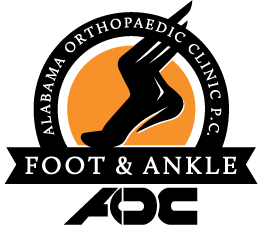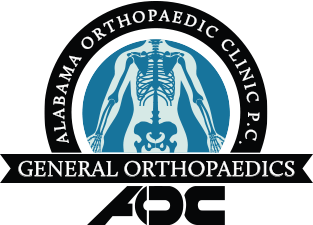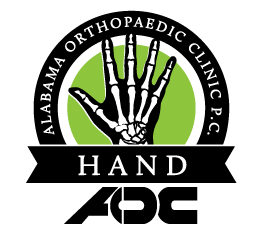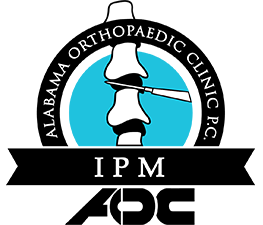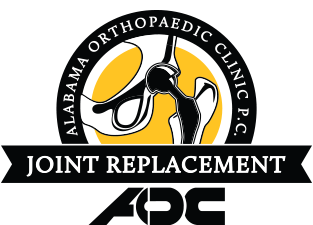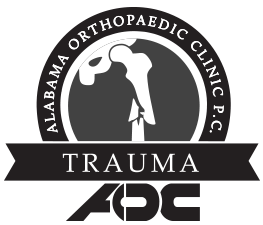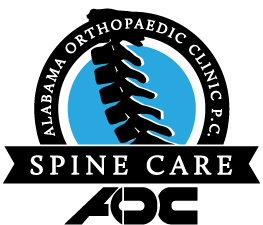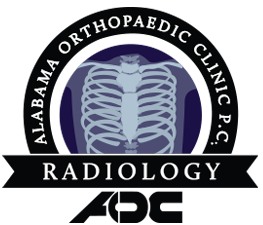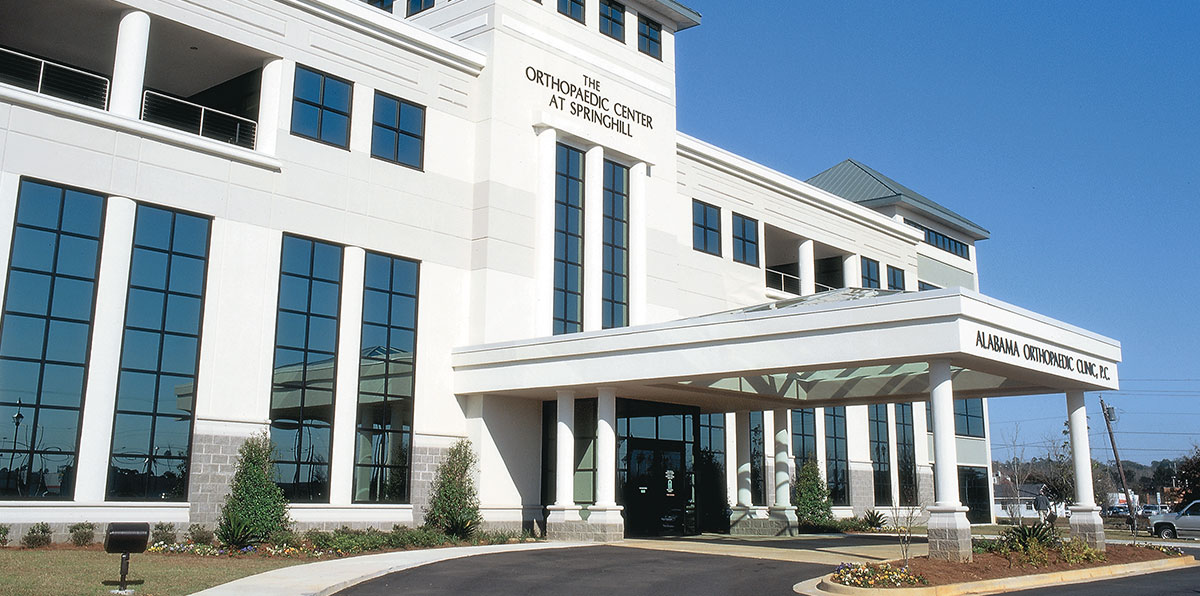News & Events
Not Your Daddy’s Meniscus
Tears of the meniscus in the knee are one of the most common causes of knee pain in active individuals. In fact, six out of ten people over the age of 65 years old have a meniscal tear. It is a mistake however to assume that all meniscus tears are the same.
The tears that occur in older individuals are often what is called degenerative. That means they occur as the meniscus wears out. To explain why this happens I will have to explain some basic anatomy. The primary function of the meniscus is to share the load of our body weight during activity. The meniscus can be thought of as a wedge shaped gasket that allows the curved surface of the femur (thigh bone) to articulate with the relatively flat surface of the tibia (shin bone). A good analogy would be sitting in a hard, straight-backed wooden chair verses sitting in a contoured cushioned easy chair. We quickly develop sore points when sitting in a chair that does not conform to the curves of our back.
Similarly, the meniscus helps the tibia ‘conform’ to the shape of the femur preventing pressure points. In doing that, the meniscus bears one half of our body weight when standing. Over the years, one can see that supporting half the body weight will eventually lead to wear of the meniscus. That is a degenerative tear. These tears cause a constant aching pain on one side of the knee. They usually get better with anti-inflammatory medication (i.e. Aleve) and physical therapy. Sometimes they require arthroscopic surgery to remove the torn fragments. However, there is no rush to do surgery, because the surgical treatment for a degenerative tear is the same regardless of how long it has hurt.
An acute tear of the meniscus is a very different animal. This type of tear is much less common and usually occurs in young athletes. It often results from a single twisting type injury while the knee is flexed and loaded, but the mechanism can vary greatly. This type of tear causes pain on one side of the knee, but it often is also associated with swelling and popping of the knee or even locking. The clock is ticking after this type of injury as there are certain types of tears that require surgical repair. Studies have shown that there is a higher success rate when a repair is done within two months of injury.
Another characteristic of degenerative tears is that, because the tissue is weaker, the tear sometimes grinds itself down until it doesn’t catch in the joint and cause pain. In a younger patient with a meniscal tear, each additional pull on the meniscus during activity can rip it more and convert a repairable meniscus to an irreparable one. Often, a trainer will counsel an athlete with knee pain to try rest, ice, compression and elevation followed by a progressive return to sport. This is sometimes a reasonable approach, but keep tabs on when the injury occurred and see an orthopedic surgeon if the pain persists more than a couple weeks or is associated with popping or locking.
- < Back
- |


















